 Technology peripherals
Technology peripherals
 AI
AI
 Moon landing, mRNA vaccines, gene editing, Nature predicts major scientific events in 2023!
Moon landing, mRNA vaccines, gene editing, Nature predicts major scientific events in 2023!
Moon landing, mRNA vaccines, gene editing, Nature predicts major scientific events in 2023!
2022 is coming to an end. This year, we have witnessed countless scientific miracles.
#Facing the upcoming 2023, what are your expectations? Nature magazine summarizes scientific events worthy of attention.
Next Generation Vaccine
During the COVID-19 pandemic, people have a new understanding of mRNA vaccines.
German biopharmaceutical company BioNTech expects to launch the first human trials of its mRNA vaccines against malaria, tuberculosis and genital herpes in the coming weeks.
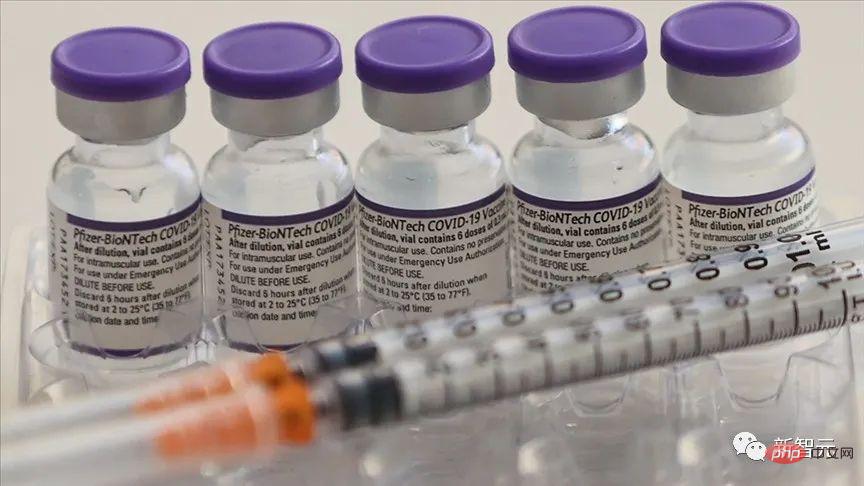
The new coronavirus vaccine jointly developed by BioNTech and Pfizer
BioNTech is also working with Pfizer to trial an mRNA-based vaccine candidate to reduce the incidence of shingles.
Moderna also has a vaccine candidate against the mRNA that causes genital herpes and shingles.
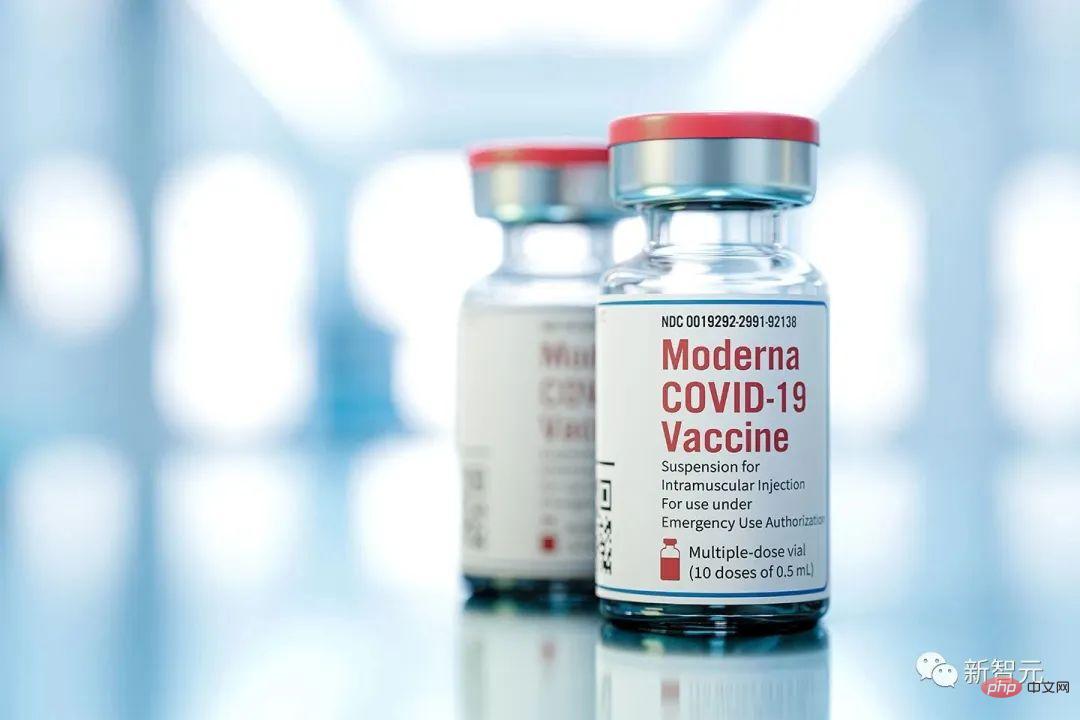
In November, BioNTech and Pfizer began Phase I trials of an mRNA vaccine designed to prevent COVID-19 and influenza.
#In addition, researchers are exploring the possibility of using a fast-acting nasal spray to achieve a new coronavirus vaccine. While these sprays are effective in animals, the road to human trials may be long.
Advanced Telescope
In July, the James Webb Space Telescope (JWST) sent back images of the deep universe pictures that have left the world in awe. In the coming year, astronomers will continue to share JWST results and discoveries about galaxy evolution.
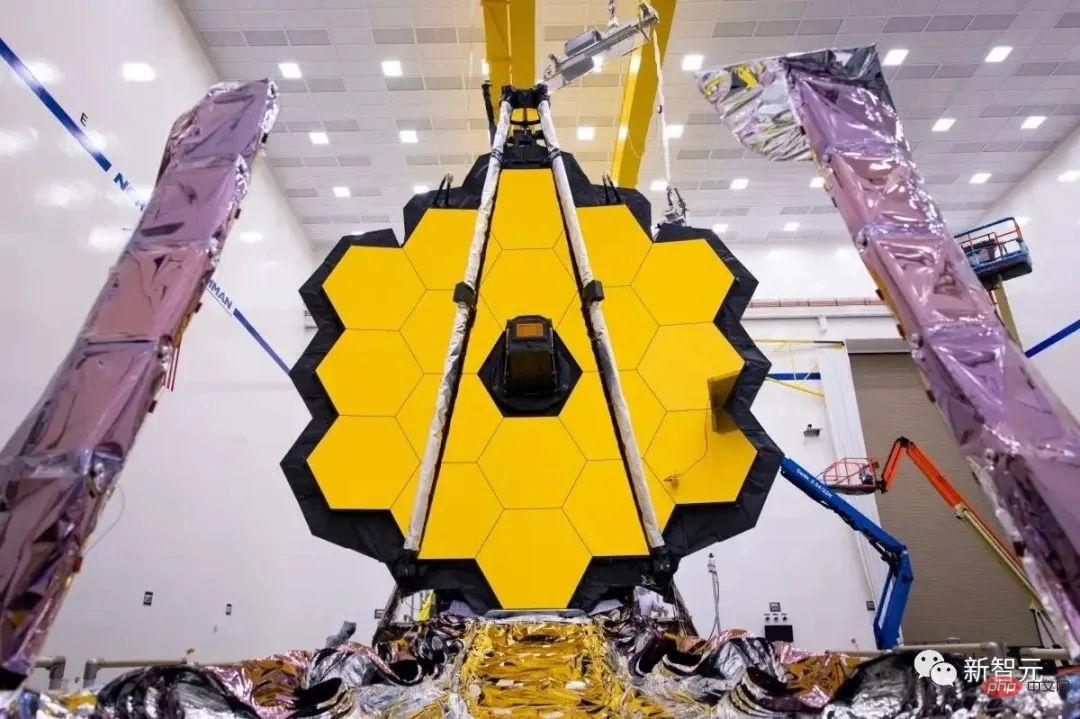
##James Webb Space Telescope
The Euclid Space Telescope, developed by the European Space Agency (ESA), is designed to orbit the sun for 6 years and take photos to create a 3D map of the universe. According to the plan, it will be launched next year.
#The same is true for Japan Space Agency’s X-ray Imaging and Spectroscopy Mission (XRISM). It will replace the X-ray telescope Hitomi (also known as ASTRO-H) and continue to detect X-ray radiation from distant galaxies.
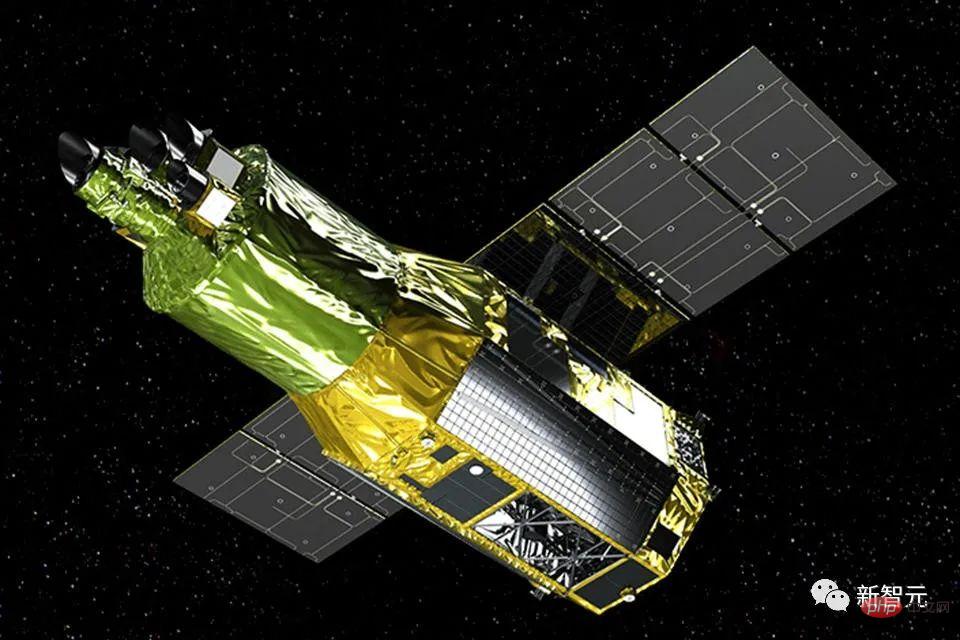
X-ray Imaging and Spectroscopy Mission
Chile's Vera Rubin Observatory will begin taking images in July 2023. The telescope uses a special three-mirror design, and the camera contains more than 3 billion pixels of solid-state detectors, which can scan the entire southern sky in three days.
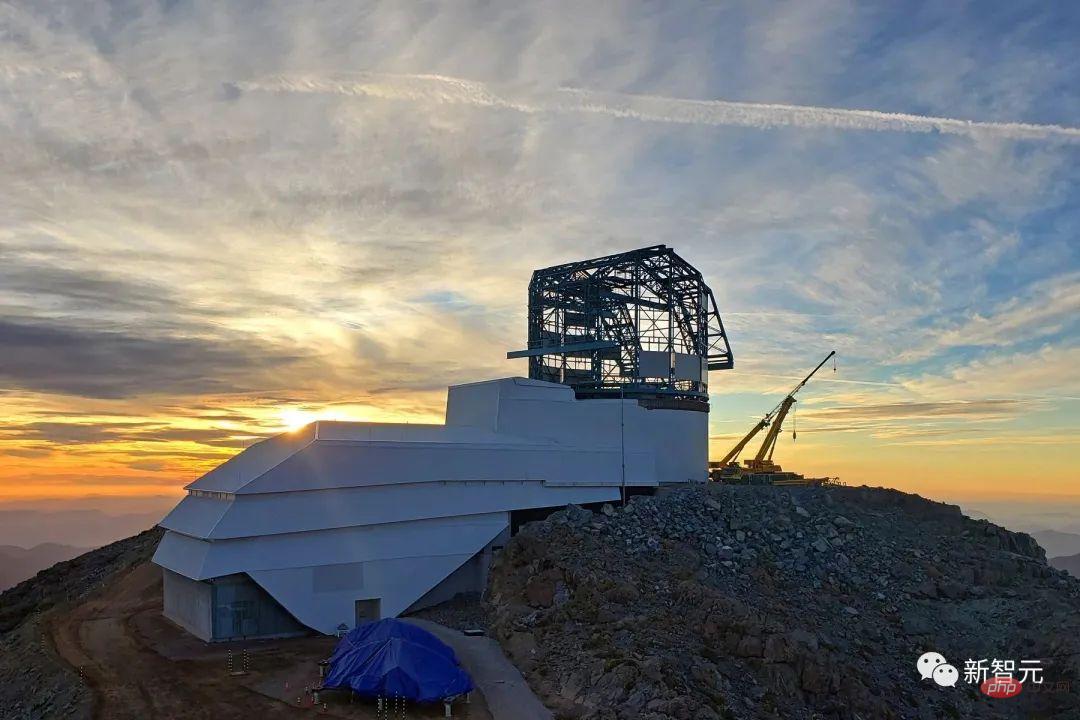
##Vera Rubin Observatory
# #Exploration of the Milky Way is indispensable without the presence of China. The world's largest controllable telescope - the Xinjiang Qitai Radio Telescope (QTT) in Xinjiang, China - is about to be launched.Qitai Radio Telescope After the Qitai Radio Telescope is completed, it is expected to become a global The largest and most accurate omnidirectional movable radio telescope can carry out scientific research in cutting-edge fields such as nanohertz gravitational waves, fast radio bursts, black holes, dark matter, celestial bodies and the origin of life. On December 11, the Orion unmanned space capsule developed by NASA orbited the moon for 25 days The Queen returns to Earth and breaks the record for the farthest space in deep space. In addition, there are three moon landing projects: the UAE’s “Rashid Rover” and the United States’ “Lunar Flashlight” and Japan's HAKUTO-R, which will attempt a soft landing on the moon in April, the first lunar landing by a Japanese-made spacecraft. ##UAE "Rashid Wanderer" Next year is also the first year of civilian lunar travel. 11 people will board the SpaceX rocket Starship for a six-day private space flight. The outbreak of the new coronavirus has made the world aware of the importance of public health security. In this regard, the World Health Organization is about to release a revised list of priority pathogens. About 300 scientists will review more than 25 families of bacteria to identify pathogens that could cause future outbreaks. The discovery roadmap for each pathogen includes what is known, identifies research priorities and guides the development of vaccines, treatments and diagnostic tests. 2023 may be a milestone year for CRISPR gene editing therapy. Previous clinical trials using the CRISPR-Cas9 system to treat beta-thalassemia and sickle cell disease have achieved encouraging results. Exa-cel therapy, developed by Vertex Pharmaceuticals and CRISPR Therapeutics, is the world’s first CRISPR gene editing therapy. It works by collecting a person’s own stem cells and using CRISPR–Cas9 technology, edits the defective ones genes, and then inject these cells back into the body. Results obtained from a total of 75 patients show exa-cel has the potential to provide functional cure in one treatment. The therapy is expected to become the world's first CRISPR gene editing therapy to receive regulatory approval. An experiment in April revealed that particles called muons The surprisingly strong magnetism of elementary particles shows that existing theories of elementary particles are incomplete. Physicists predict that more precise results are expected to be announced in 2023. The Jiangmen Neutrino Laboratory in Guangdong, China will also begin to search for physics beyond the standard model, exploring "ghosts" at the bottom of wells more than 700 meters underground. traces of particles. ##Jiangmen Neutrino Laboratory Another event highly anticipated by particle physicists is the opening of the European Spallation Neutron Source (ESS) near Lund, Sweden. ESS will have the highest flux pulsed spallation neutron source in the world to date. 17 countries from Europe have joined forces to build and operate this institution. Next year, ESS will welcome its first group of researchers. In addition, Nature magazine also expressed its expectations for the development of Alzheimer's treatment, climate financing and nuclear waste storage technology. #We should believe that in the next year, there will be more amazing and touching breakthroughs in the scientific community. #Science may fail, but science will succeed. 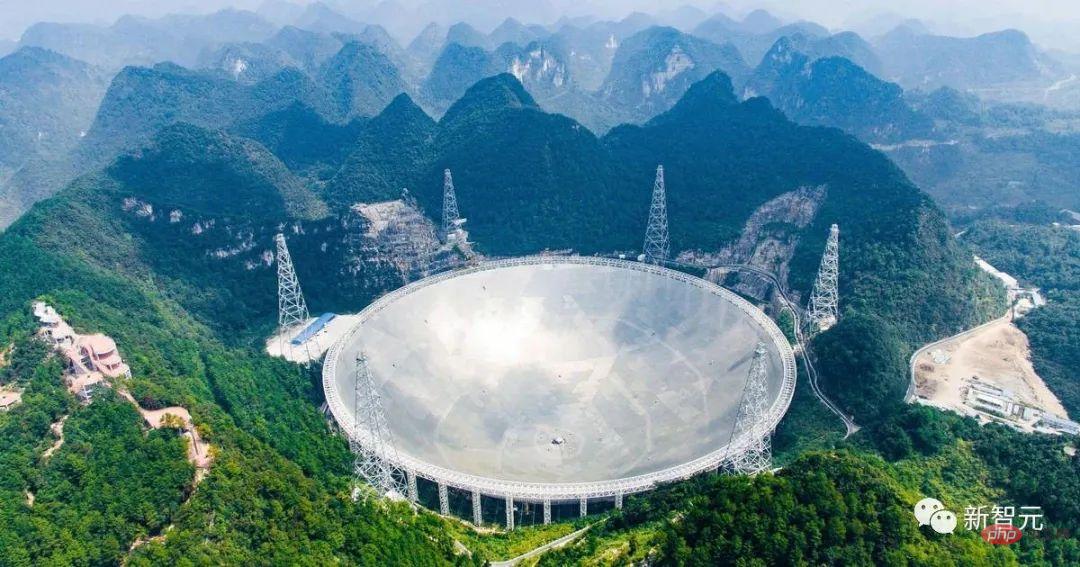
Moon landing mission
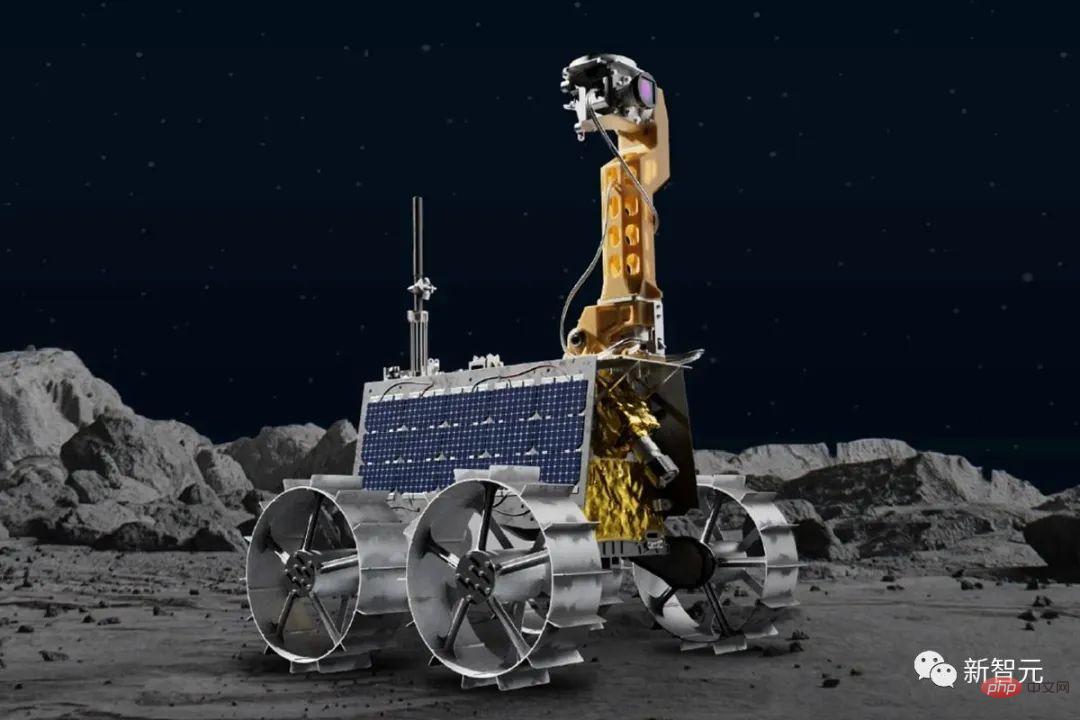
Pathogen Watch List
CRISPR therapy
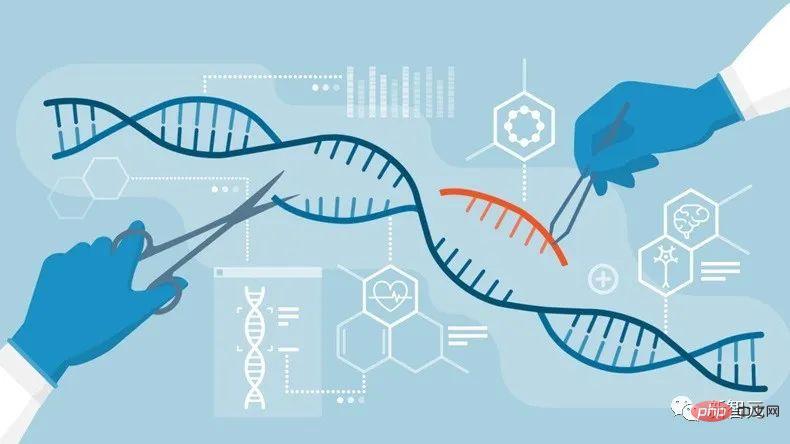
Beyond the Standard Model
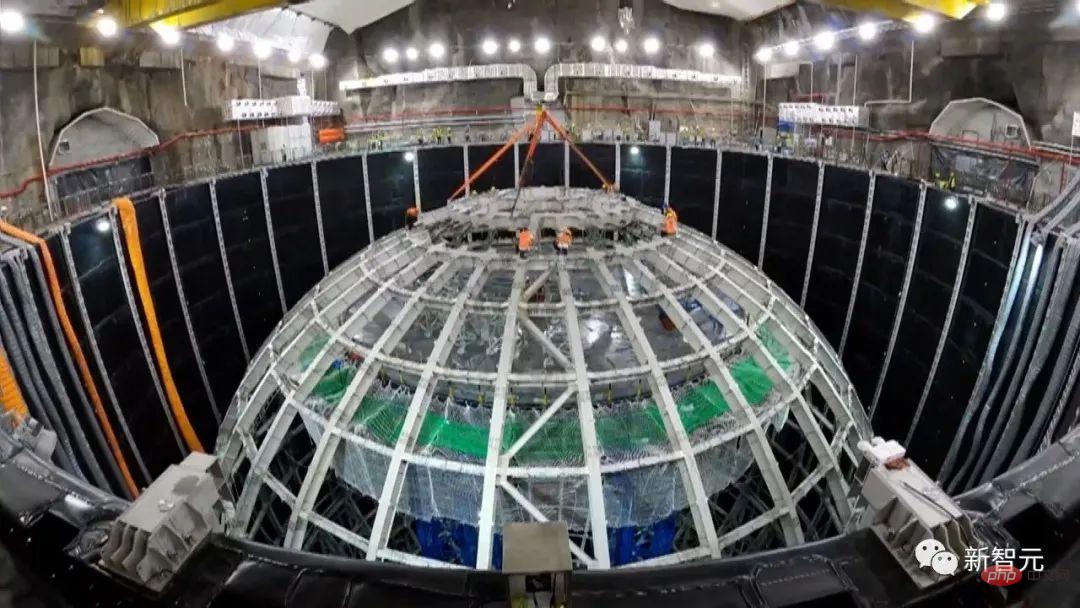
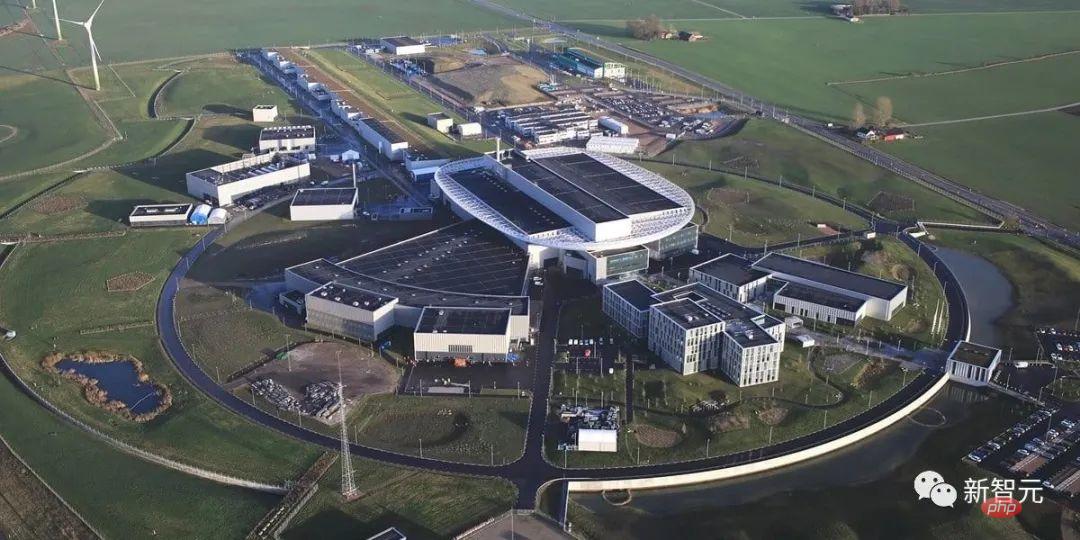
The above is the detailed content of Moon landing, mRNA vaccines, gene editing, Nature predicts major scientific events in 2023!. For more information, please follow other related articles on the PHP Chinese website!

Hot AI Tools

Undresser.AI Undress
AI-powered app for creating realistic nude photos

AI Clothes Remover
Online AI tool for removing clothes from photos.

Undress AI Tool
Undress images for free

Clothoff.io
AI clothes remover

Video Face Swap
Swap faces in any video effortlessly with our completely free AI face swap tool!

Hot Article

Hot Tools

Notepad++7.3.1
Easy-to-use and free code editor

SublimeText3 Chinese version
Chinese version, very easy to use

Zend Studio 13.0.1
Powerful PHP integrated development environment

Dreamweaver CS6
Visual web development tools

SublimeText3 Mac version
God-level code editing software (SublimeText3)

Hot Topics
 1662
1662
 14
14
 1419
1419
 52
52
 1312
1312
 25
25
 1262
1262
 29
29
 1235
1235
 24
24
 Which computer should Geographic Information Science majors choose?
Jan 13, 2024 am 08:00 AM
Which computer should Geographic Information Science majors choose?
Jan 13, 2024 am 08:00 AM
Recommended computers suitable for students majoring in geographic information science 1. Recommendation 2. Students majoring in geographic information science need to process large amounts of geographic data and conduct complex geographic information analysis, so they need a computer with strong performance. A computer with high configuration can provide faster processing speed and larger storage space, and can better meet professional needs. 3. It is recommended to choose a computer equipped with a high-performance processor and large-capacity memory, which can improve the efficiency of data processing and analysis. In addition, choosing a computer with larger storage space and a high-resolution display can better display geographic data and results. In addition, considering that students majoring in geographic information science may need to develop and program geographic information system (GIS) software, choose a computer with better graphics processing support.
 New 'AI scientists” combine theory and data to discover scientific equations
May 18, 2023 am 10:49 AM
New 'AI scientists” combine theory and data to discover scientific equations
May 18, 2023 am 10:49 AM
Scientists aim to discover meaningful formulas that accurately describe experimental data. Mathematical models of natural phenomena can be created manually based on domain knowledge, or they can be created automatically from large data sets using machine learning algorithms. The academic community has studied the problem of merging related prior knowledge and related function models, and believes that finding a model that is consistent with prior knowledge of general logical axioms is an unsolved problem. Researchers from the IBM research team and Samsung AI team developed a method "AI-Descartes" that combines logical reasoning with symbolic regression to conduct principled derivation of natural phenomenon models from axiomatic knowledge and experimental data. The study is based on "Combining data and theory for
 'Father of Machine Learning' Mitchell writes: How AI accelerates scientific development and how the United States seizes opportunities
Jul 29, 2024 pm 08:23 PM
'Father of Machine Learning' Mitchell writes: How AI accelerates scientific development and how the United States seizes opportunities
Jul 29, 2024 pm 08:23 PM
Editor | ScienceAI Recently, Tom M. Mitchell, a professor at Carnegie Mellon University and known as the "Father of Machine Learning," wrote a new AI for Science white paper, focusing on "How does artificial intelligence accelerate scientific development? How does the U.S. government Help achieve this goal? ” theme. ScienceAI has compiled the full text of the original white paper without changing its original meaning. The content is as follows. The field of artificial intelligence has made significant recent progress, including large-scale language models such as GPT, Claude, and Gemini, thus raising the possibility that a very positive impact of artificial intelligence, perhaps greatly accelerating
 96 Chinese scholars were selected as the world's top 1,000 computer scientists, and Zhang Lei became the first in mainland China
Apr 21, 2023 pm 06:58 PM
96 Chinese scholars were selected as the world's top 1,000 computer scientists, and Zhang Lei became the first in mainland China
Apr 21, 2023 pm 06:58 PM
Recently, Research (Guide2Research) released the ranking of the world's top 1,000 computer scientists in 2023. 583 American scientists dominate the list. There are 96 Chinese scientists on the list, with Zhang Lei ranking first among mainland Chinese scientists. Among the top 20 scientists in the world, there are many big names in AI, such as Turing Award winners Bengio and Hinton. Netizens pointed out that among the top 100 computer scientists in the United States, there are only 7 women. Research’s ranking of the best scientists in computer science has been updated to its 9th edition. This ranking reviewed various academic indicators of more than 14,400 scientists around the world and selected the top 1,000 top scientists. Ranking based on including O
 Do you need to ask about language models when dating your boyfriend? Nature: Propose ideas and summarize notes. GPT-3 has become a contemporary 'scientific research worker'
Apr 14, 2023 pm 05:19 PM
Do you need to ask about language models when dating your boyfriend? Nature: Propose ideas and summarize notes. GPT-3 has become a contemporary 'scientific research worker'
Apr 14, 2023 pm 05:19 PM
Let a monkey press keys randomly on a typewriter, and given enough time, it can type out the complete works of Shakespeare. What if it was a monkey that understood grammar and semantics? The answer is that even scientific research can be done for you! The development momentum of language models is very rapid. A few years ago, it could only automatically complete the next word to be input on the input method. Today, it can already help researchers analyze and write scientific papers and generate code. The training of large language models (LLM) generally requires massive text data for support. In 2020, OpenAI released the GPT-3 model with 175 billion parameters. It can write poems and do math problems. It can do almost everything the generative model can do. GPT-3 has already achieved the ultimate. Even today, GPT-3 is still used by many language models.
 Science's annual top ten scientific research announcements: the Webb telescope was selected, accompanied by AIGC!
Apr 11, 2023 pm 03:37 PM
Science's annual top ten scientific research announcements: the Webb telescope was selected, accompanied by AIGC!
Apr 11, 2023 pm 03:37 PM
Finally, the 2022 Science Magazine’s biggest awards are announced! On December 16, the science official website released the "Top Ten Scientific Breakthroughs in 2022", among which the Webb Telescope won the crown and was published on the cover of the latest issue. The reason for the award given by Science magazine is: Due to its technical feats of construction and launch and its huge prospects for exploring the universe, the James Webb Telescope was named Science Magazine's 2022 Scientific Breakthrough of the Year. In addition, major achievements in the scientific community in the past year, including AIGC, NASA's successful impact on an asteroid, and Yunnan University's creation of perennial rice, have also been selected. Let’s review these blockbuster studies over the past year. Breakthrough of the Year—Webb Telescope July 12, NA
 What are the pros and cons of implementing artificial intelligence in healthcare?
Apr 12, 2023 pm 10:34 PM
What are the pros and cons of implementing artificial intelligence in healthcare?
Apr 12, 2023 pm 10:34 PM
Artificial intelligence in healthcare covers a wide range of things that can help health systems and workers, but what are the specific benefits and drawbacks of adopting AI? From transportation to service delivery, artificial intelligence (AI) has demonstrated science and technology over the years developments, especially with the implementation of AI in healthcare. However, it doesn't stop there. One of its biggest leaps forward has been in health care, which has elicited mixed reactions among the general public and medical professionals. Artificial intelligence in healthcare encompasses a broad range of assistance with algorithms and tedious tasks that are part of a healthcare worker's job. This includes streamlining time-consuming tasks, streamlining complex procedures, and even real-time clinical decision-making. But like all aspects of human progress, in order to see the bigger picture
 2023 Nobel Prize in Physics announced, three scientists win for attosecond light pulses
Oct 03, 2023 pm 09:21 PM
2023 Nobel Prize in Physics announced, three scientists win for attosecond light pulses
Oct 03, 2023 pm 09:21 PM
According to news from this site on October 3, the 2023 Nobel Prize in Physics was announced to be awarded to Pierre Agostini, Ferenc Kraus and Anne Lhuillier in recognition of their research on electrons in matter. The experimental method for generating attosecond light pulses in terms of dynamics officially stated that "their contribution enables people to study extremely short processes that could not be tracked before", and the prize of 11 million Swedish kronor (note from this site: approximately 7.3 million yuan) The prize will be divided equally among the three winners. The Royal Swedish Academy of Sciences said the three physicists "demonstrated a method of creating extremely short light pulses that can be used to measure the rapid process of electron movement or energy change", which "provides human exploration of the electronic world inside atoms and molecules." New ways”. Since the time scale of people’s observation of the world reaches



